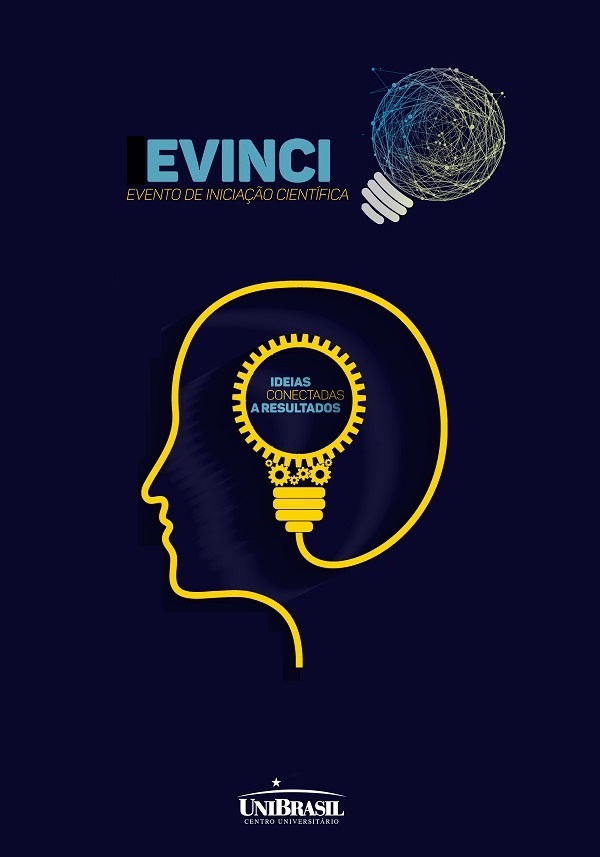Português
Resumen
The presence of death, grief and loss are structured in different dynamics and contexts, opening a range of manifestations that mark the human being and generate demands that impact mental and emotional health. The present research aims to promote reflections on finitude and its relationship with loss, approaching death and mourning as main markers of this process, from the presentation of its conceptions and analysis of the public's perception on the subject according to a social research through of electronic form, contemplating the symbolic construction as a way of understanding the relationships that the subject develops. Although there is a manifestation of a distance, the dynamics of finitudes that mark the construction of meanings from unique experiences are recognized, which was expanded with the pandemic and reflect in the identification of the existence of a diversity of ways of being in the face of contact with death.
Citas
BRAGA, A. R. P.; DIAS, J. F. A. A finitude humana no pensamento de Martin Heidegger (1889-1976). 1. ed. ebook. Toledo, PR: Vivens, 2016. 142 p. Disponível em: https://docplayer.com.br/61375520-2-a-finitude-humana.html. Acesso em: 3 de março de 2022.
CASSORLA, R.M.S. Prefácio. In: KOVÁCS, M.J. Morte e desenvolvimento humano. São Paulo: Casa do Psicólogo, 1992.
COMBINATO, D.S.; QUEIROZ, M.S. Morte: uma visão psicossocial. Estudos de Psicologia, 11(2), 209-216, Natal, 2006. Disponível em: https://www.scielo.br/j/epsic/a/P fSWjx6JP7NQBWhcMBXmnyq/abstract/?lang=pt. Acesso em: 6 de abril de 2022.
DE FRANCO, C. A crise criativa no morrer: a morte passa apressada na pós-modernidade. Revista Kairós, São Paulo, 10(1), jun. 2007, pp. 109-120. Disponível em: https://revistas.pucsp.br/index.php/kairos/article/view/2577. Acesso em: 19 de julho de 2022.
GIACOIA JÚNIOR, O. A visão da morte ao longo do tempo. Medicina, [S. l.], v. 38, n. 1, p. 13-19, Ribeirão Preto, 2005. Disponível em: https://www.revistas.usp.br/rmrp/article/view /418. Acesso em: 6 de agosto de 2022.
HEIDEGGER, M. A possibilidade da pre-sença ser toda e o ser para a morte. In: Ser e tempo: parte II. Tradução: Márcia Sá Cavalcante Schubac. Petrópolis: Editora Vozes,13º ed., 2005.
KOVÁCS, M.J. Morte e desenvolvimento humano. São Paulo: Casa do Psicólogo, 1992.
KÜBLER-ROSS, Elisabeth. Sobre a morte e o morrer. Tradução Paulo Menezes. São Paulo: Martins Fontes, 1981.
Derechos de autor 2022 Anais do EVINCI - UniBrasil

Esta obra está bajo licencia internacional Creative Commons Reconocimiento-NoComercial-CompartirIgual 4.0.

